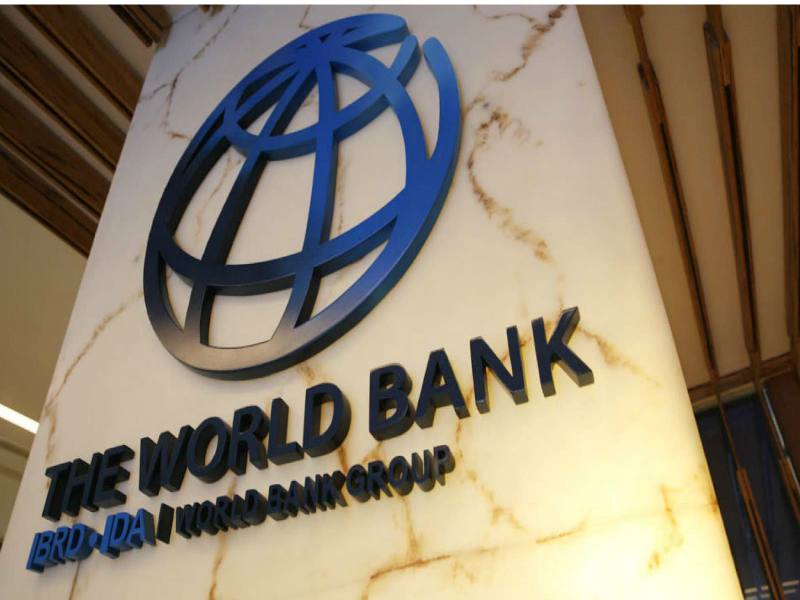The World Bank, on Friday, said that the February massive earthquake and aftershocks that occurred in Syria caused an estimated $5.1 billion in direct physical damage.
The earthquake that struck on February 6 hit Turkey and Syria, devastating scores of cities and killing more than 50,000 people in both countries.
Millions have been left needing urgent help with accommodation and medical care.
“The current value of the damaged and destroyed capital stock is estimated at about 10 percent of GDP,” said the World Bank in its latest estimate.
“The widespread damages impacted four governorates, where around 10 million of Syria’s population resides,” the report said.
The development lender added that its report does not cover broader economic impacts and losses for Syria, such as production or business interruption.
The most severely-hit governorate was Aleppo, with 45 percent of the estimated damages. This was followed by Idlib and Lattakia.
A subsequent earthquake on February 20 caused added damage, and continued aftershocks are likely to add to damage estimates over time, said the World Bank.
Direct damages to residential buildings account for nearly half of the total, while infrastructure damages amounted to 18 percent of the total.
“These losses compound years of destruction, suffering and hardship the people of Syria have been enduring,” said Jean-Christophe Carret, World Bank country director for the Middle East department.
“The disaster will cause a decline in economic activity that will further weigh on Syria’s growth prospects,” he added.
In a separate assessment last month, the bank estimated the earthquakes caused some $34.2 billion in direct physical damage in Turkey.







2 Comments